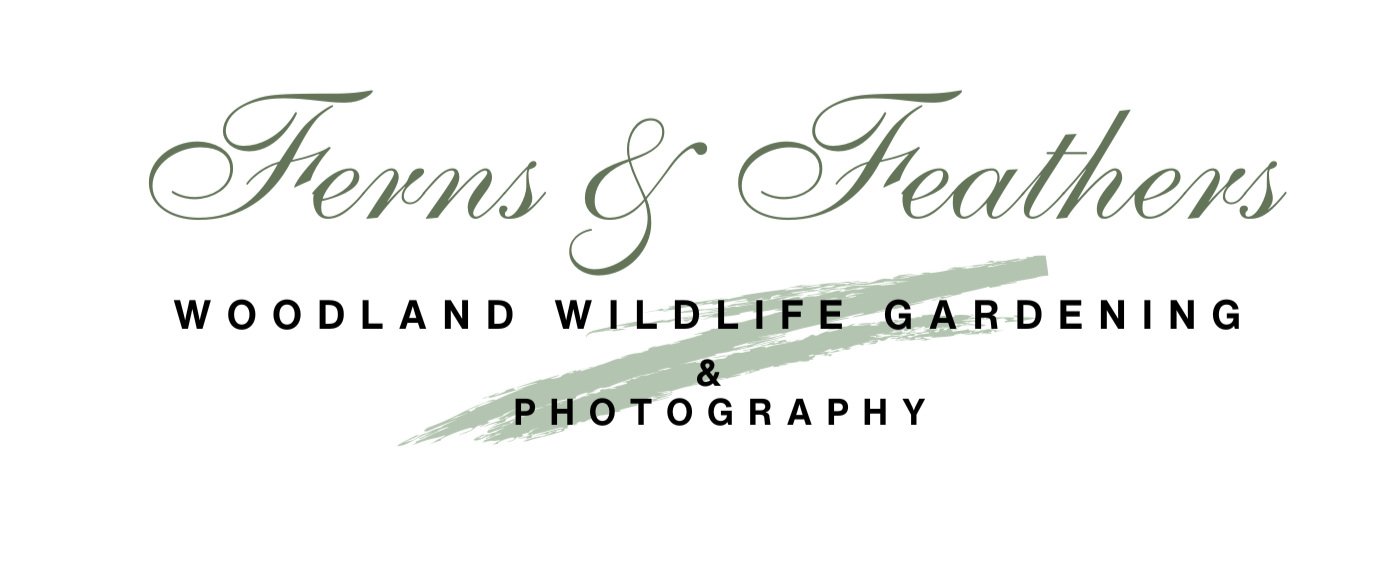What about all those cultivars of Native Plants?
Are “Nativars” safe to plant in our gardens?
"‘I love the cultivars or nativars of so many of our native plants. Are they okay to use in our natural garden?”
That’s a question many natural gardeners are asking these days as they try to do what’s best for the environment while at the same time being tempted by a “better” rendition of an already existing native plant.
A hummingbird visits native bee balm in our garden.
First of all, what is a “nativar” anyway? In their book A Garden for The Rusty-Patched Bumblebee, authors Lorraine Johnson and Sheila Colla offer this definition: “You can tell whether a plant is a cultivar because it is “named” in quotation marks.” They then go on to give an example of a named cultivar of the native plant Monad didyma which would be in nurseries with the tag Monad Didyma “Cambridge Scarlet.” This plant would be a cultivated version of the unmodified species plant. These native plants have been “deliberately selected, cross-bred or hybridized for traits that are considered desirable by the nursery trade and gardeners.”
The authors go on to explain a further complexity gardeners face when trying to decide whether to add the plant to their garden “because some “named” plants for sale at nurseries are “varieties” rather than cultivars. Look for “var” in the name of the plant, which indicates that it is a variety, not a cultivar. Varieties are naturally occurring and are selected by nurseries for their desirable traits.”
Okay so are these “varieties” desirable for your garden, the environment and the wildlife that are dependant on native plants?
Native plants are always a good choice when deciding what to plant in your garden.
The answer to this question is yes. Johnson writes: “In terms of biodiversity, the important difference between varieties and cultivars is that with varieties, the traits can be passed down to the plant’s offspring via sexual reproduction, which leads to genetic diversity within the plants. With cultivars, the trait(s) is not passed down via sexual reproduction, which means that to retain the trait(s), the plant is cloned. Thus each cultivar is genetically identical to every cultivar of the same name, and cultivars do not contribute to genetic biodiversity.”
In other words, “They do not have the genetic variations that ensure resiliency in species and adaptability to stressors such as diseases, pests and climate change,” the authors write.
The authors go on to cite a study by Dr. Annie White at the University of Vermont which arrived at interesting results showing that although native plants performed better than native cultivars in most cases, cultivars were used by pollinators both as a source of nectar and pollen.
Other studies also show varying results.
Authors Johnson and Colla in their informative book A Garden for the rusty-Patched Bumblebee conclude that “in the absence of of empirical data it is prudent to plant unmodified native species. Unless the nativar has been evaluated in a comparative study, its pollinator value is simply assumed, rather than known.”
They conclude that by planting “unmodified native species, you not only contribute to helping pollinators but also to plant conservation, including genetic diversity.”
As readers can conclude, planting unmodified native plants is always the best choice for both the environment and our native wildlife, however, I think planting “nativars” and “varieties” are probably a better choice than planting non-native species, especially when they have the potential to force out native plants by taking over natural areas.
In time, future studies will reveal more information on the dangers and benefits of using these modified native plants and will help to definitely answer the question of whether we should be using these in our garden.
In the meantime, it’s best and safest to stick to native plants.
A Garden for the Rusty-Patched Bumblebee can be purchased at most local bookstores or at on-line stores like Amazon.ca or often used at smaller book sellers under the umbrella group Alibris.



